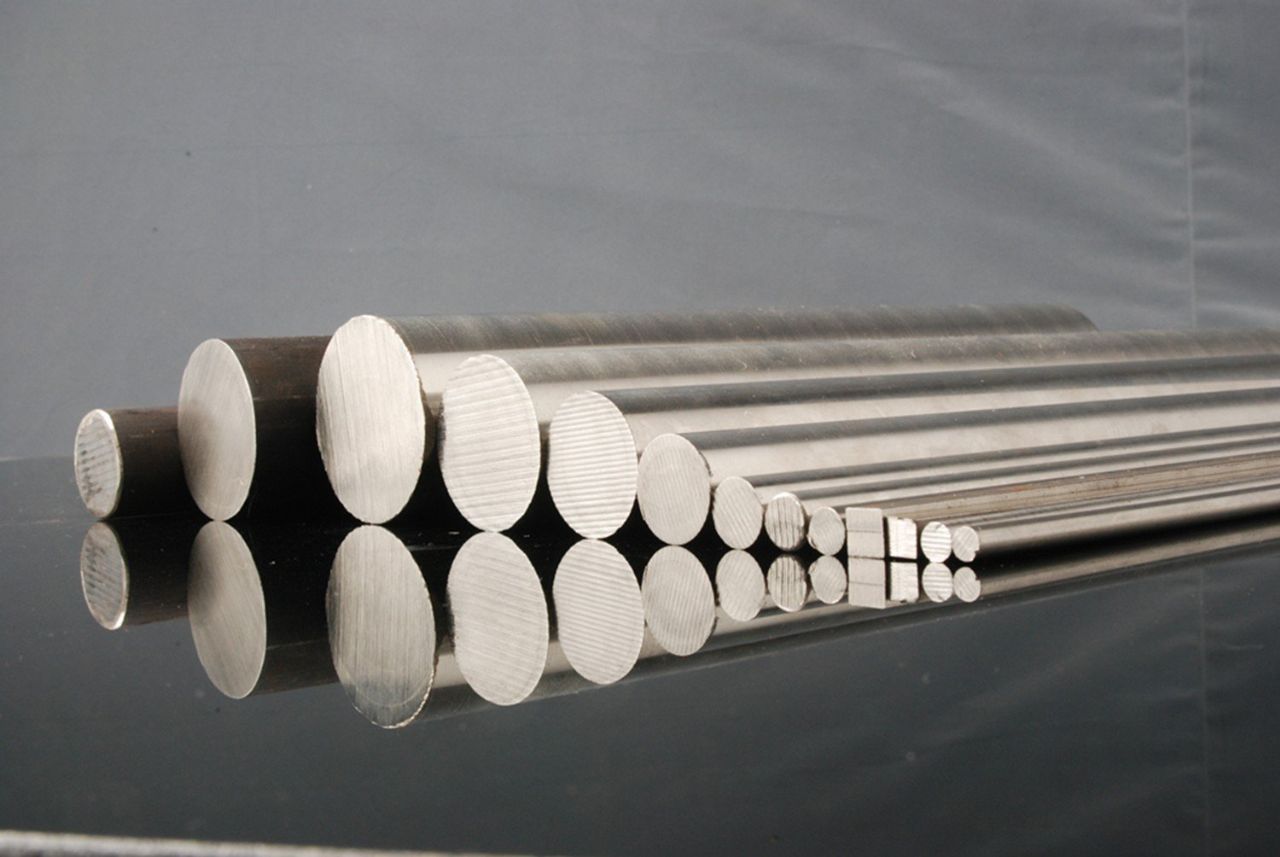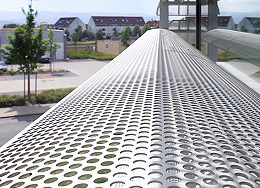
Thống kê
| 1882805 | |
| Số người đang online | 1 |
| Số truy cập hôm nay | 216 |
| Số truy cập tháng này | 57946 |
Quảng cáo
Categories stainless steel

|
Stainless steel is usually divided into groups of martensite stainless steel, ferritic stainless steel, austenitic stainless steel, duplex stainless steel (ferritic-austenitic) stainless steel hardware precipitation
Stainless steel is generally divided into groups
- Stainless steel martensite
- Ferritic stainless steel
- Austenitic stainless steel
- Stainless steel duplex (ferritic-austenitic)
Metal alloy element is added in the steel increased corrosion resistance, hardness, or strength. The metals most commonly used as alloying element in stainless steel including chromium, nickel, and molybdenum.
Stainless steel is available in the form
- Fork
- Table
- Strip
- Leaves
- St
- Metal string
- He
- Pipe
Stainless steel is an iron-based alloy containing at between 10.5% and 30% cr. Stainless steel stainless achieve its characteristic through the formation of a chromium-rich oxide surface membrane invisible and sticky.
Other alloying elements are added to improve the properties of stainless steel include nickel, molybdenum, copper, titanium, aluminum, silicon, niobium, nitrogen, sulfur and selenium.
Carbon is usually an amount from 0.03% to 1.0% in some grades martensite.
Selection of stainless steels are generally based on
- Corrosion
- Features of manufacture
- Availability
- Mechanical properties for specific temperature ranges
- Product price
Because stainless steel corrosion resistant, high temperature maintenance, and can be easily maintained, it is widely used in items such as automotive and food processing products, as well as equipment Medical and health. The most common grades of stainless steel are:
Type 304
Occupying most austenitic stainless steels, accounting for over half the production of stainless steel in the world. This class usually withstand corrosion in architecture, high durability in environments typical food processing, and against most chemicals. Type 304 is available in virtually all product forms and finishes.
Type 316
Properties austenitic stainless steel stainless steel containing 2% -3% molybdenum (while 304 without). The inclusion of molybdenum for 316 greater resistance to various forms of degradation.
Type 409
Properties ferritic stainless steel stainless steel suitable for high temperatures. This class has the lowest levels of cr all kinds of stainless steel and so are the least expensive.
Type 410
Martensitic stainless steel under the most widely used, there is a high degree of strength given by the steel martensitics. It has a low cost, heat treatment may be granted suitable for applications not serious corrosion.
Type 430
Ferritic stainless steel under the most widely used, provide corrosion resistance have common goals, often in decorative applications.
|
Liên kết website
Hỗ trợ trực tuyến
-
 Liên hệ ngay.Email:ĐT: (08) 6682 3335 - Fax: (08) 6256 2218
Liên hệ ngay.Email:ĐT: (08) 6682 3335 - Fax: (08) 6256 2218
Ngày giờ hiện tại
13/9/2025
clock




